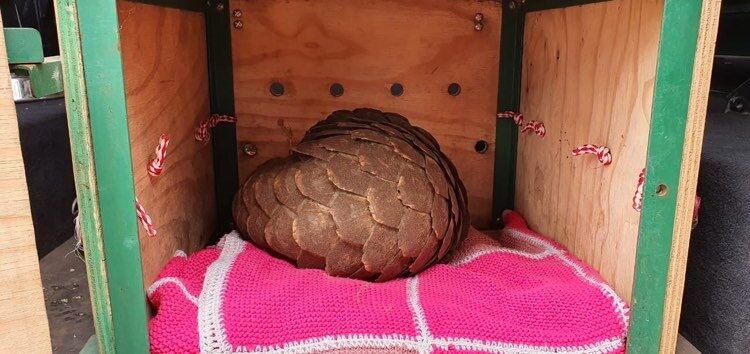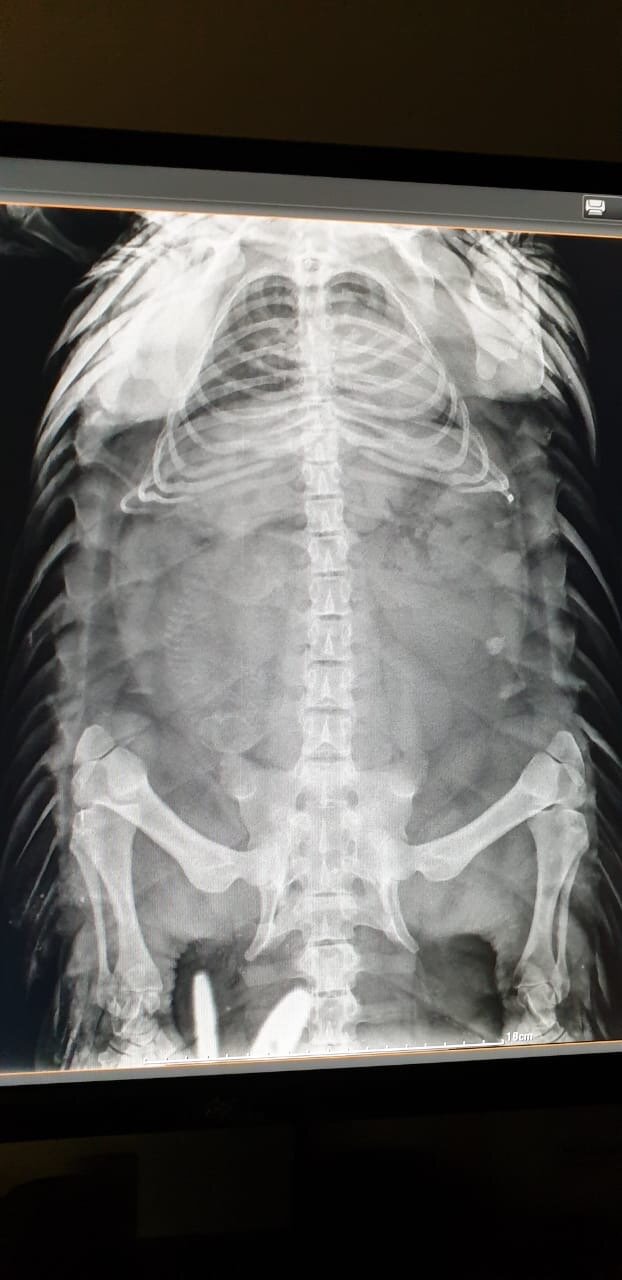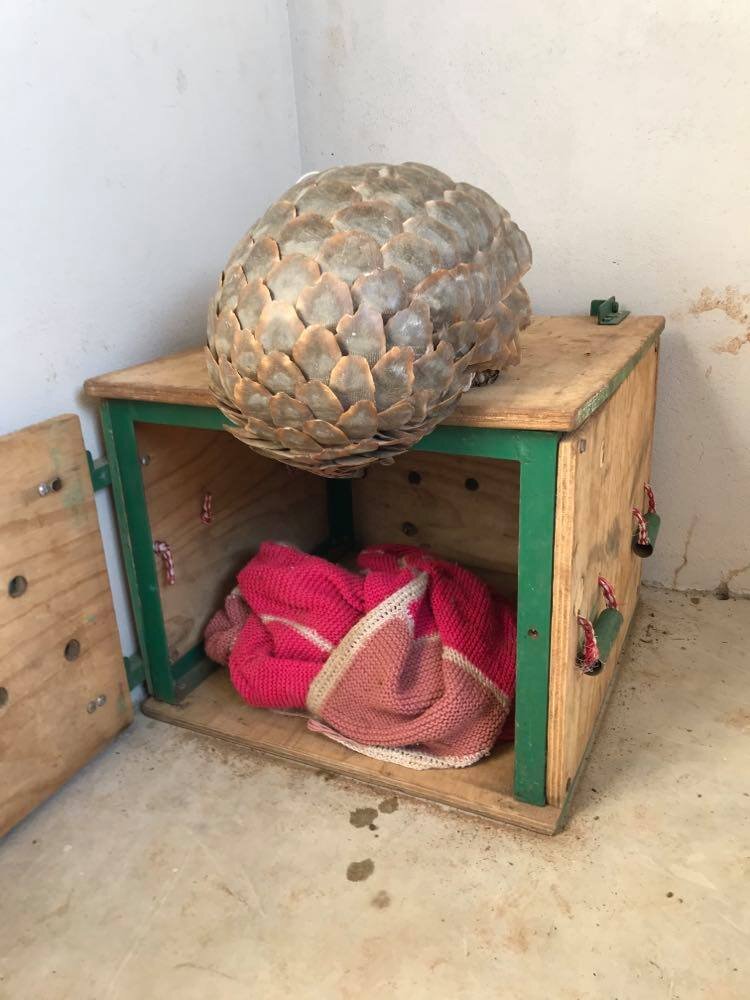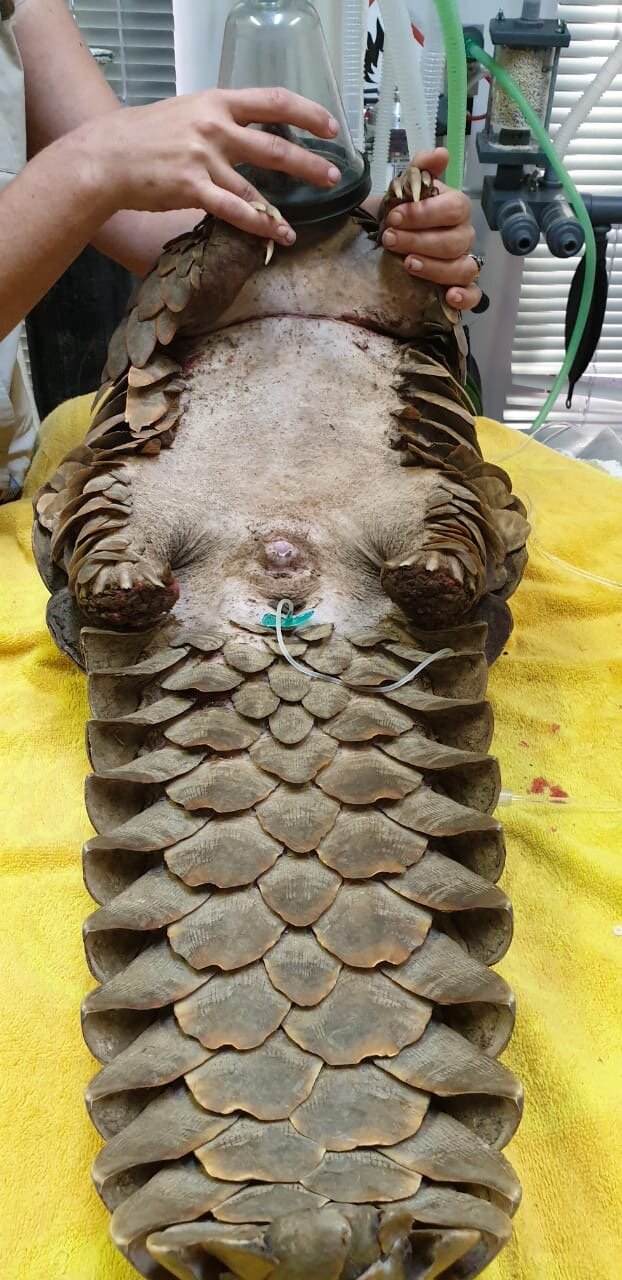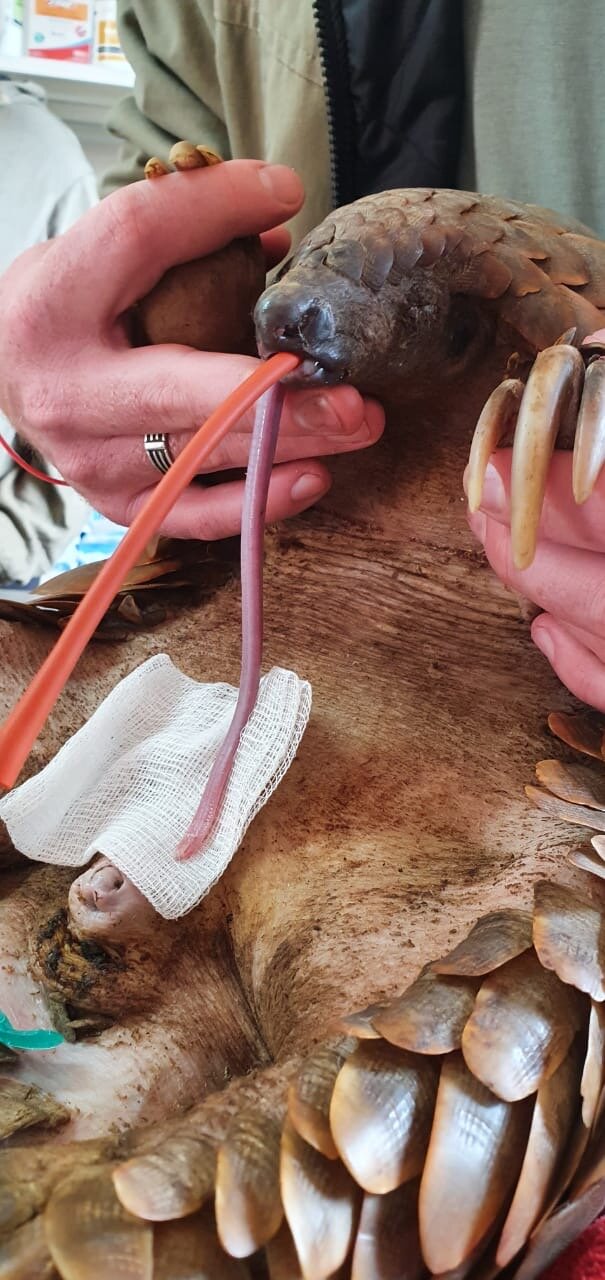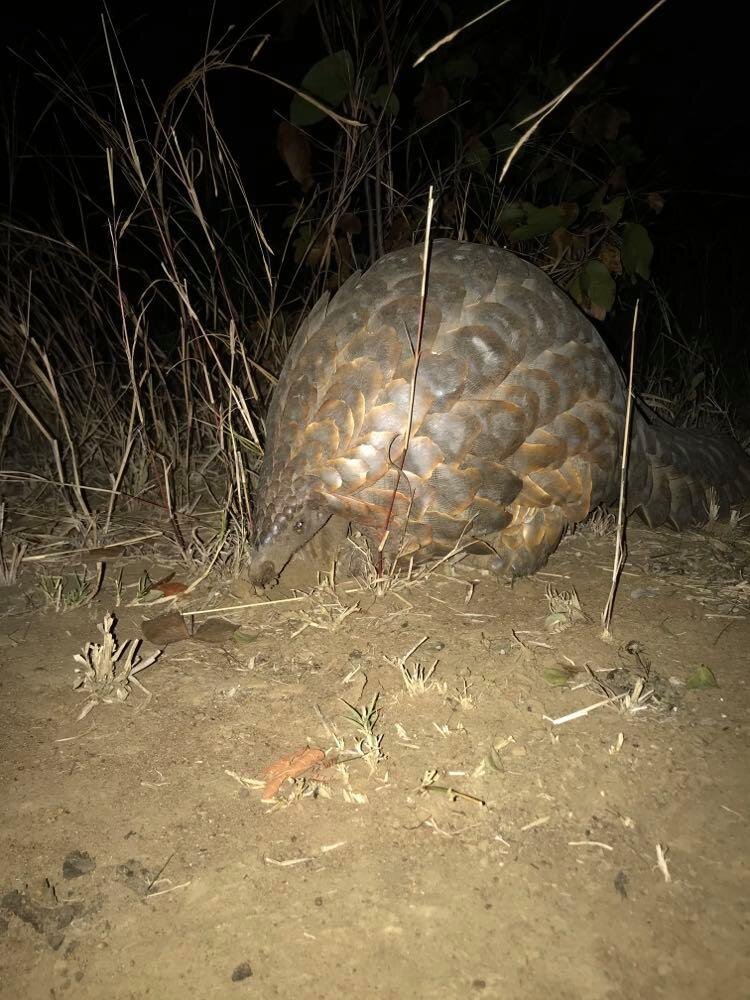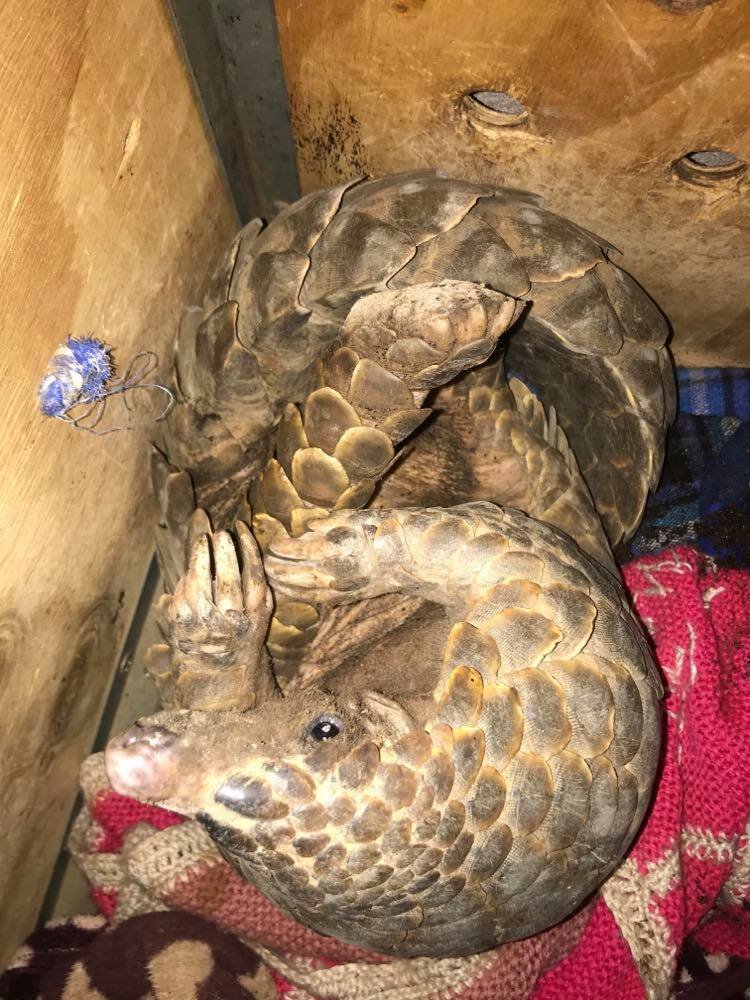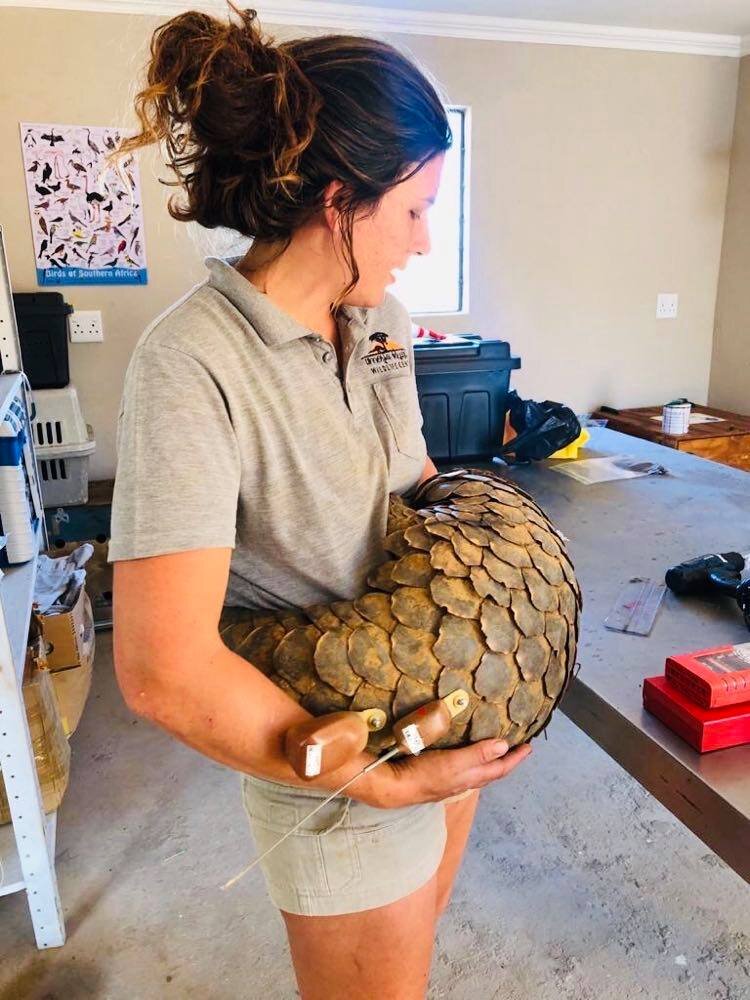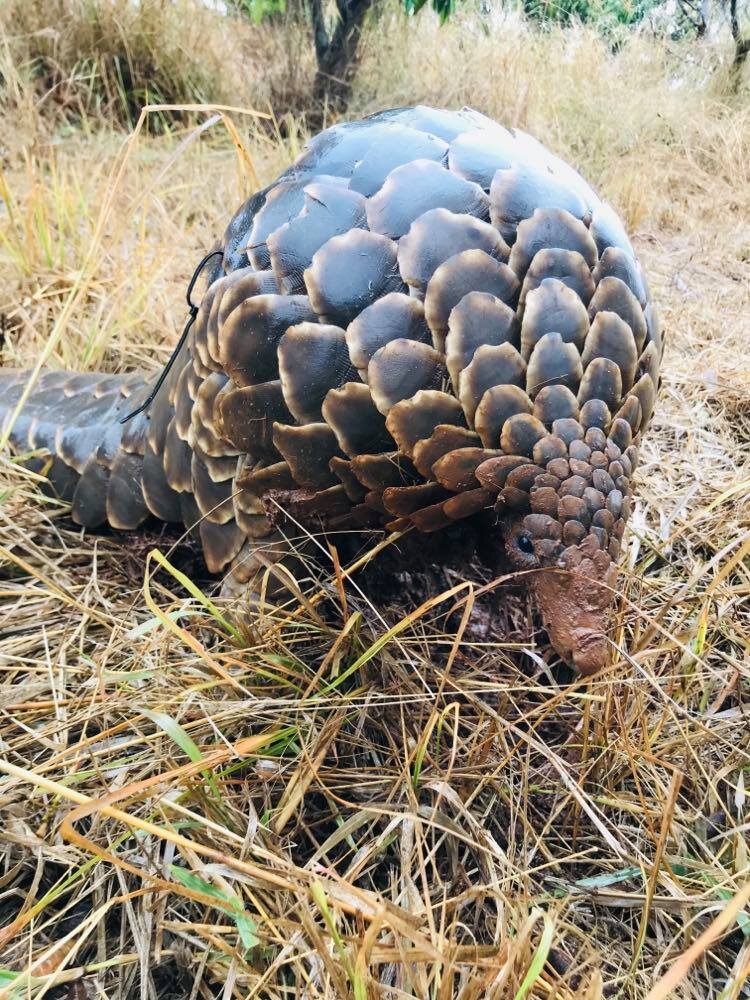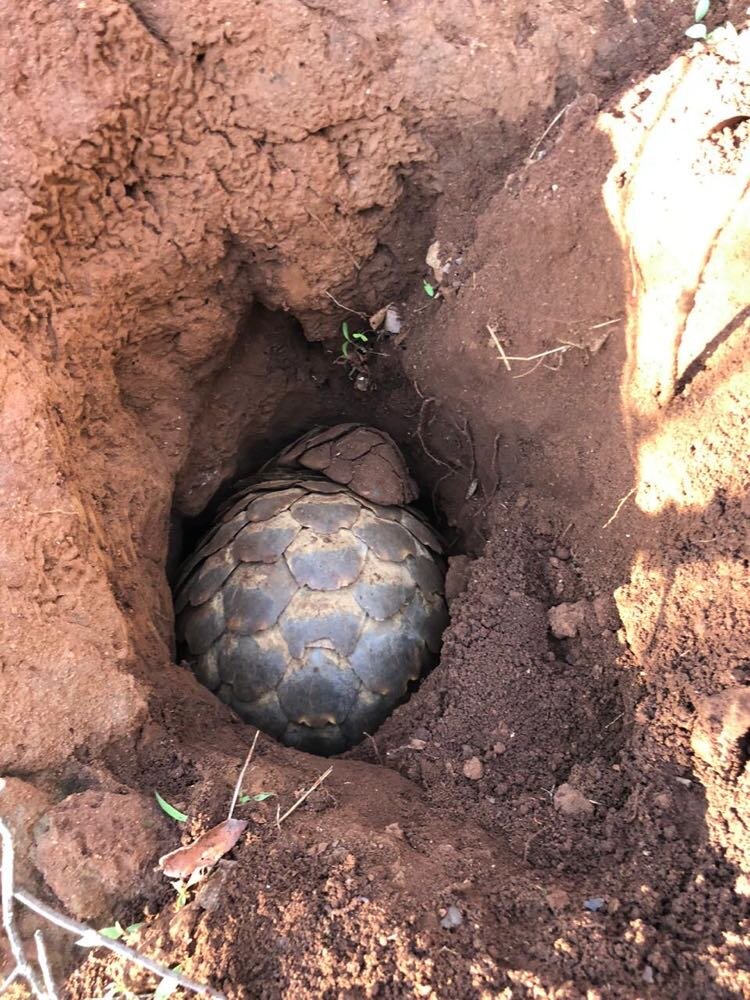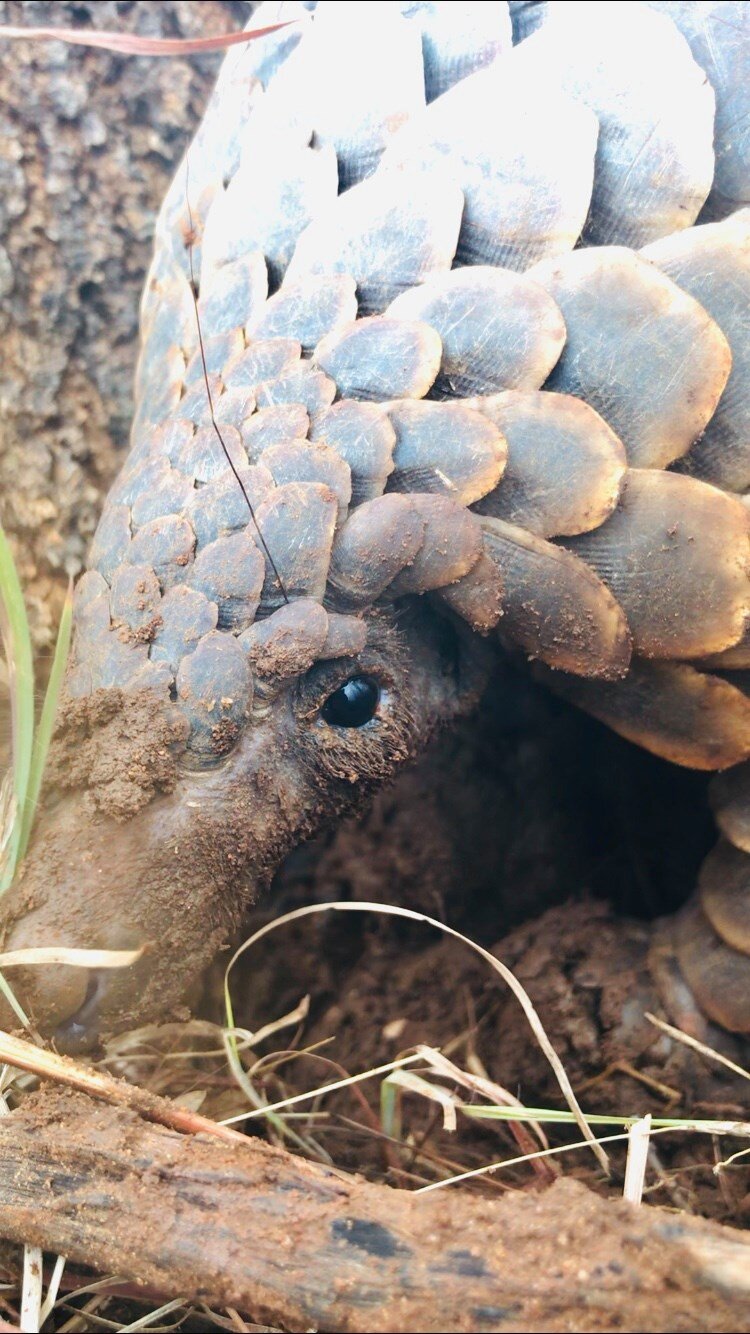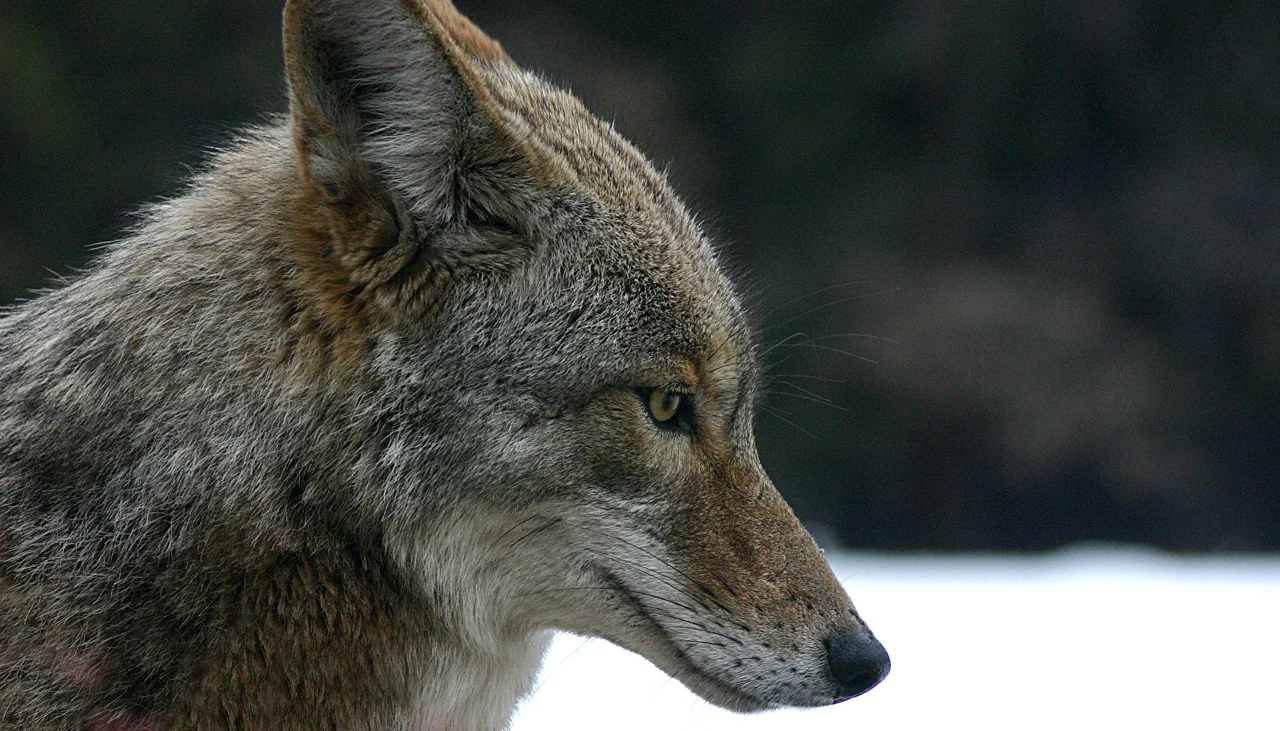LION LANDSCAPES
We are supporting leading international lion conservation organisation Lion Landscapes on their groundbreaking work they do for African lions.
Many species, such as lions, require huge landscapes, including land relied on by local people. At Lion Landscapes their goal is to engage and empower people to gain meaningful value from wildlife conservation, enabling better coexistence and helping to support the healthy landscapes that are so vital to wildlife conservation.
Collaboration is central to their ethos and by building strong partnerships Lion Landscapes deliver innovative conservation solutions across vast areas in Kenya, Tanzania and Zambia. Their approach works to stop the loss of lions and other wildlife, reduce the cost of wildlife presence for local people, and unlock the value of living with wildlife, especially for local communities.
Here we tell you why Lion Landscapes work is so impactful:
Wildlife faces many threats, including habitat loss, illegal hunting, snaring and poisoning. In many areas people kill lions and other dangerous animals to protect their livestock and families. In each Lion Landscapes site, they design and implement appropriate solutions to reduce threats to lions and other wildlife.
Living alongside dangerous wildlife threatens livelihoods through attacks on livestock and people. Together with local communities, Lion Landscapes create a safer environment for people and wildlife.
The global value of wildlife is rarely felt by the people living closest to it. Lion Landscapes incentivise conservation by increasing community benefits linked to wildlife presence.
Lion Landscapes achievements:
Supported over 1600 people to stop the use of poison
Enabled over 15 local warriors to prevent lion killing
Prevented over 100 illegal lion hunts
Supported over 100 anti-poaching scouts
Reduced lion killing areas by 80%
Co Developed a premium carbon offset, Lion Carbon
Provided food for over 1000 children daily
Delivered wildlife-related benefits to over 250,000 people
Predator proofed over 2,000 livestock enclosures
Recovered over 26,000 lost livestock
Read more about the work Lion Landscapes do
We make it our mission to support wild animal conservation through our wildlife adventures, wildlife tours and travel adventures. View our groundbreaking African Lion Safari Adventure!







